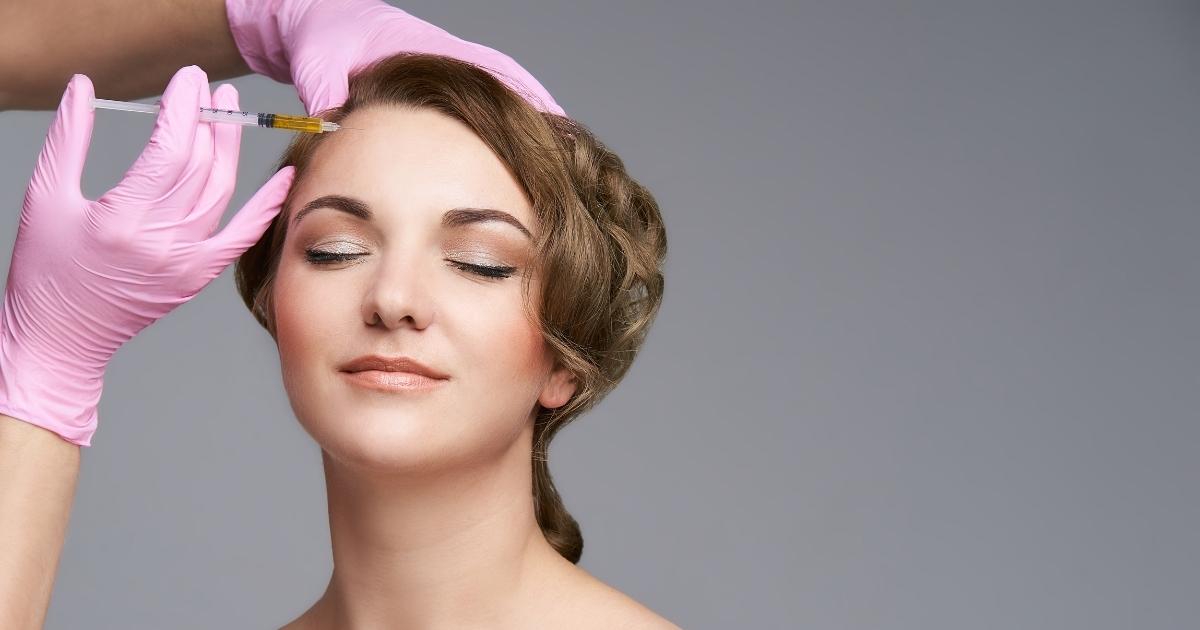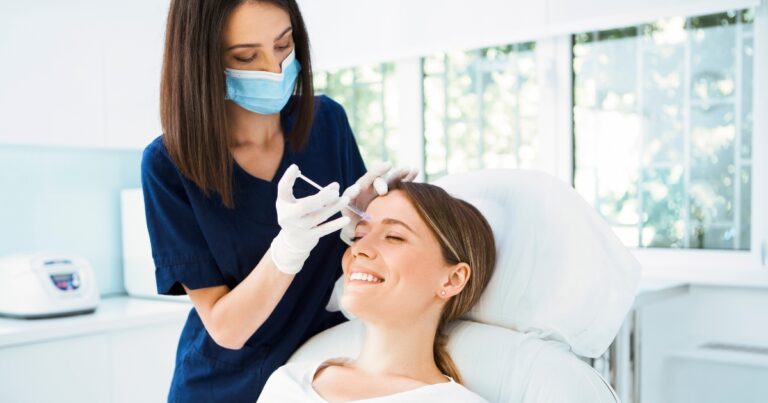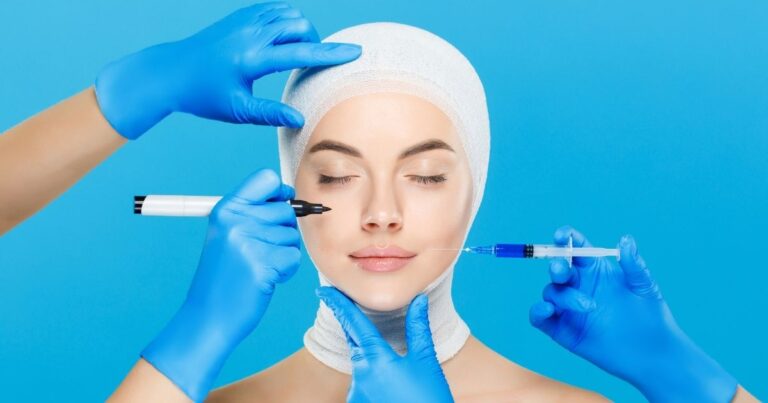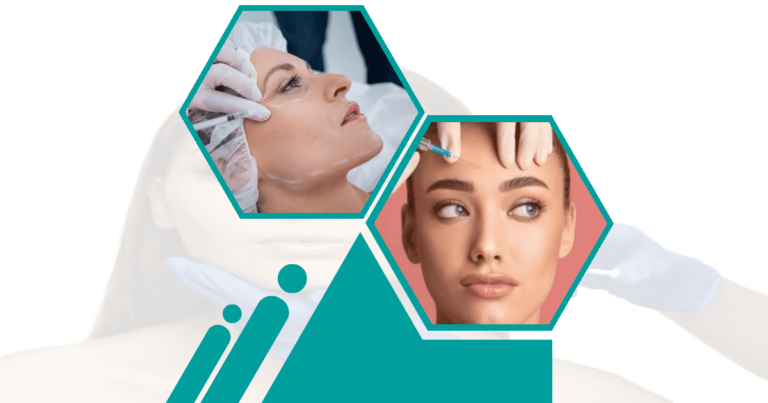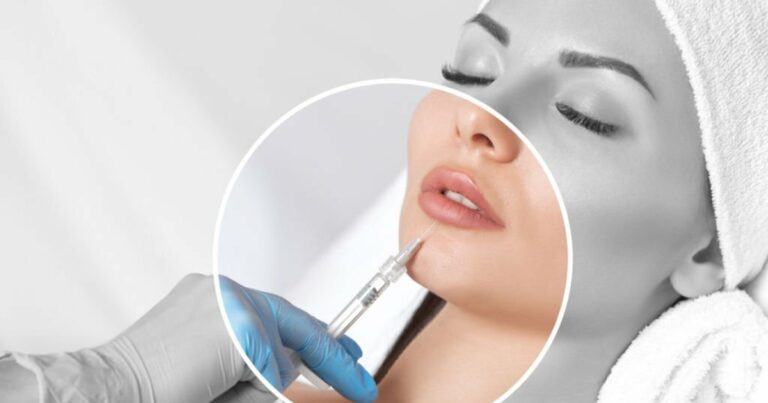In recent years, Botox has become increasingly popular among younger demographics. Younger people increasingly use Botox for various reasons, including preventing wrinkles and fine lines. This comprehensive guide delves into the botox pros and cons at a young age.
Botox Pros and Cons at a young age
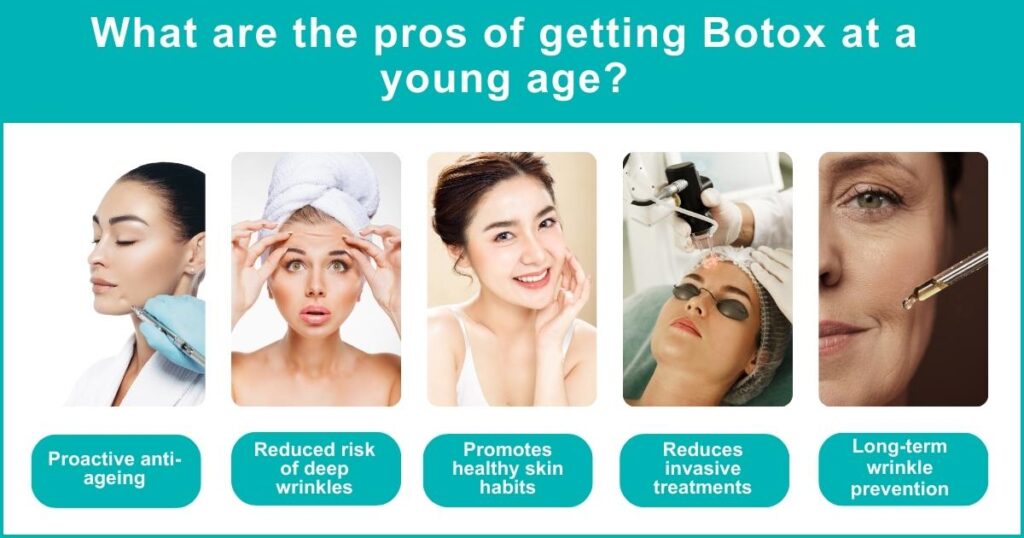
Exploring Botox pros and cons at a young age is crucial for informed decision-making. Early use may prevent deep wrinkle formation but raises concerns about long-term effects and the impact on developing skin. It’s vital to consult with a medical professional to weigh potential benefits against the risks.
Pros of Getting Botox at a Young Age:
Preventative Approach to Ageing: Reducing the Appearance of Future Wrinkles
Botox can be used as a preventative measure to halt the development of deep-set wrinkles. Young people might delay ageing -by paralysing the muscles that cause wrinkles.
- A proactive approach to anti-ageing.
- Reduces the likelihood of deep wrinkles over time.
- Encourages healthier skin habits.
- This may reduce the need for more invasive treatments later.
Boosting Self-Confidence: The Psychological Benefits of a Youthful Appearance
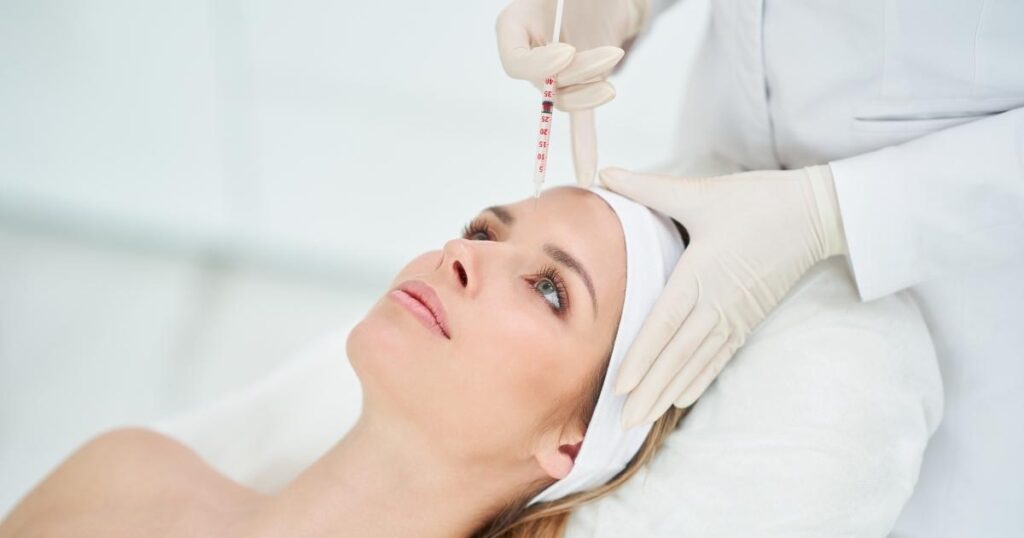
Botox treatments can have a positive psychological impact by boosting one’s self-confidence and self-esteem by enhancing their appearance. Maintaining a youthful look makes users feel more comfortable and self-assured in social situations.
Book A Consultation With Dr Tarek Bayazid
Top-rated Plastic Surgeon For Botox in Dubai
Installment Plan Available
- Positive self-perception and increased self-esteem.
- It may improve social interactions.
- Encourages a positive body image.
- Promotes self-confidence.
Non-Surgical Solution: Minimising Scarring and Recovery Time
Botox offers a non-surgical alternative to more invasive cosmetic procedures. This means less downtime, no scars, and a quicker recovery time, which can benefit younger individuals with active lifestyles.
- Lower risk compared to surgical procedures.
- Minimal recovery time.
- No scarring or extensive healing process.
- Suitable for those with a busy lifestyle.
Potential Reduction in Migraines: Botox’s Unexpected Health Benefit
Botox is a cosmetic treatment and a potential solution for chronic migraines. Some users have reported reduced frequency and intensity of migraines following Botox treatments.
Potential relief for chronic migraine sufferers.
- It may improve quality of life.
- Reduces the need for migraine medications.
- Provides an unexpected health benefit.
Treating Excessive Sweating: Botox’s Role in Addressing Hyperhidrosis
Botox can help with conditions such as hyperhidrosis, or excessive sweating, a problem that can significantly affect young adults. Having the confidence and comfort to wear this can be a game-changer.
- Provides a solution to excessive sweating.
- Improves comfort and convenience.
- Reduces embarrassment associated with hyperhidrosis.
- It may enhance social confidence.
Smooth Skin Results: Achieving a Flawless Complexion at an Early Age
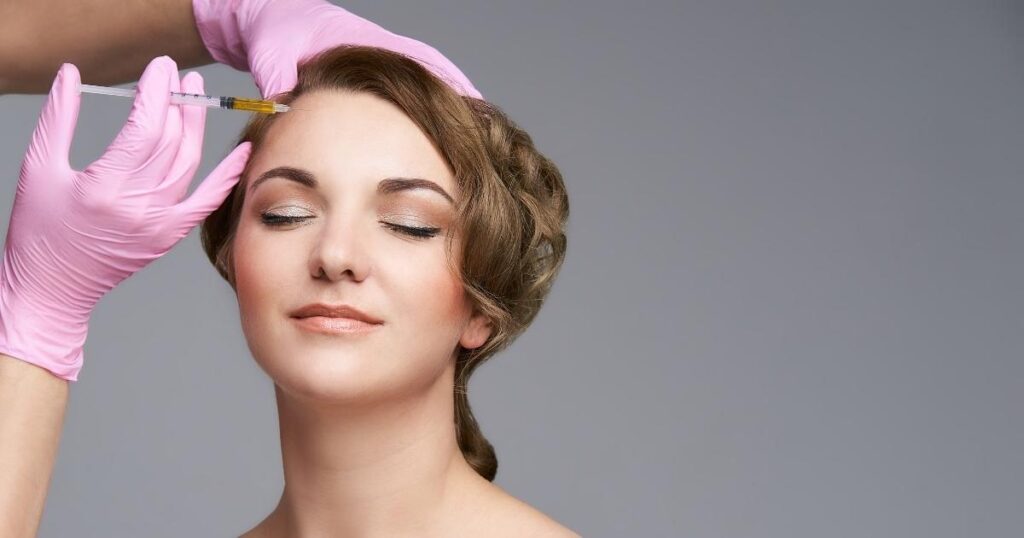
Botox can contribute to a smoother and more flawless complexion. A fresh and youthful skin appearance may be achieved with regular treatments.
- Promotes a smooth and youthful complexion.
- Enhances skin texture and appearance.
- Encourages consistent skincare routine.
- It can provide faster results compared to topical products.
Cons of Getting Botox at a Young Age:
Financial Implications: The Cumulative Cost of Long-Term Botox Use
Botox treatments are not a one-time expense. The cumulative cost of regular Botox treatments can be substantial over time, which could become a financial burden for some.
Long-term financial implications.
- The potential strain on personal finances.
- Costly maintenance.
- This may lead to financial sacrifices in other areas of life.
Possibility of allergic reactions or complications.
- Risk of infection or incorrect application.
- Potential for unforeseen health impacts.
- Chance of muscle weakness or drooping.
Dependency Risk: The Potential for Overreliance on Cosmetic Procedures
Starting cosmetic treatments at a young age can potentially create a dependency on these procedures to maintain a desired look. This could foster an unhealthy relationship between personal appearance and ageing.
- Risk of developing an unhealthy dependence on cosmetic procedures.
- Potential negative impact on self-esteem without treatments.
- It can create unrealistic beauty standards.
- This may lead to a distorted body image.
Unnatural Look: Risks of Overuse and Misapplication of Botox
Overuse of Botox can lead to an unnatural, frozen look. Incorrect application can also result in asymmetry or an undesirable outcome.
- Risk of an unnatural appearance due to overuse.
- Possibility of asymmetrical results with incorrect application.
- May deter from natural beauty.
- This could cause dissatisfaction with appearance.
Risk of Immunity: The Potential for Developing Resistance to Botox
Botox treatments can lead to resistance over time, making the body less receptive to the treatment’s effects.
- Potential development of resistance to Botox.
- It may require higher doses over time.
- Reduced effectiveness of treatments.
- Possible need for alternative treatments in the future.
Impact on Mental Health: Questioning the Need for Perfection at a Young Age
The expectation of maintaining a perfect, youthful appearance can put unnecessary pressure on young individuals, potentially impacting mental health and self-perception.
- Contributes to societal pressure for perfection.
- Potential negative impact on mental health.
- This could create unrealistic self-expectations.
- May foster a culture of continuous dissatisfaction with personal appearance.
From preventive measures against ageing to boosting self-esteem, there are undoubtedly compelling pros of getting Botox at a young age. The potential cons must also be considered, including financial implications, health risks, and mental health concerns. The decision to start Botox treatments is personal and should be made in consultation with a medical professional. Make an informed decision about Botox at a young age with our guide to the pros and cons. If you are considering Botox and want to discuss your options further, Dr Tarek Bayazid is here to help.
Embark on your journey towards a more youthful and confident you. To learn more about our range of treatments, Book a consultation today and start crafting a personalised plan that suits your unique needs. Your path to understanding the pros and cons of getting Botox at a young age begins here.
